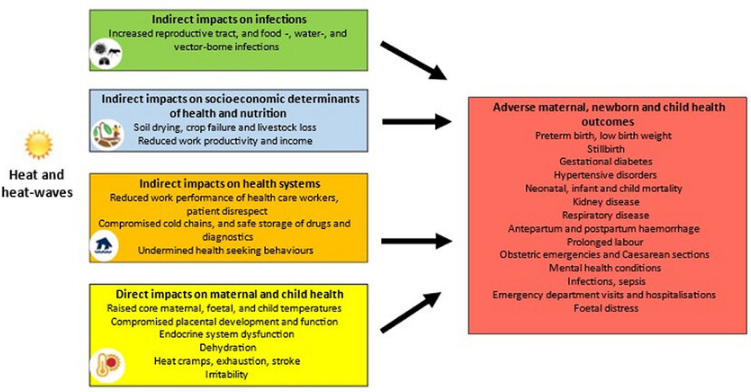7667766266
enquiry@shankarias.in
Climate change and heatwaves in particular is limiting the time children get to engage with their peers and the world around them through play.
UNICEF’s Children’s Climate Risk Index (CCRI) report 2021 suggests that with a rank of 26 out of 163 countries, India is among the countries where children are most at climate risk.
A recent analysis by UNICEF revealed that South Asia has the highest % of children exposed to extreme high temperatures compared to other regions.
|
Playing for Children’s development |
|

To know more about heat wave, click here